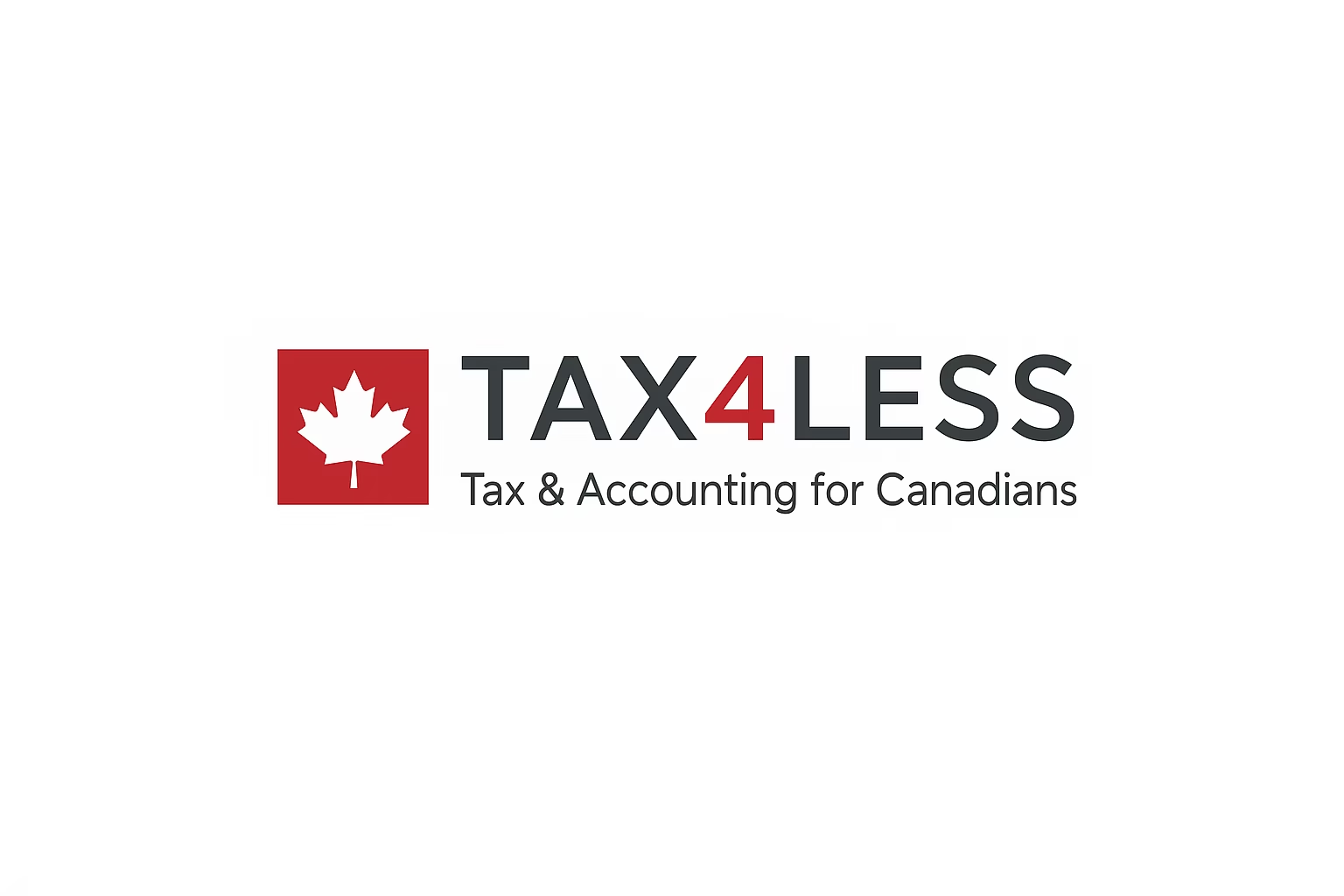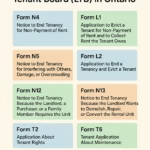RRSP, TFSA, and FHSA: Which Account Should You Maximize First?
RRSP, TFSA, and FHSA: Which Account Should You Maximize First?
When it comes to saving and investing in Canada, three powerful tools stand out: the Registered Retirement Savings Plan (RRSP), the Tax-Free Savings Account (TFSA), and the First Home Savings Account (FHSA). Each offers unique tax advantages, but deciding which one to prioritize depends on your financial goals, income, and stage of life.
In this article, we’ll break down how each account works, compare their benefits, and guide you on which to maximize first based on your personal situation.
1. Understanding the Basics
RRSP (Registered Retirement Savings Plan)
The RRSP is designed primarily for retirement savings. Contributions are tax-deductible, meaning you can reduce your taxable income for the year you contribute. The investments within your RRSP grow tax-deferred, and you only pay tax when you withdraw funds—usually in retirement, when your income (and tax rate) may be lower.
Annual limit (2025): 18% of your earned income from the previous year, up to $32,490.
Key advantage: Immediate tax deduction on contributions.
Best for: Higher-income earners seeking to reduce taxes and save for retirement.
TFSA (Tax-Free Savings Account)
The TFSA offers flexibility for both short- and long-term goals. Contributions are not tax-deductible, but all investment growth and withdrawals are completely tax-free. This makes it a versatile tool for saving, investing, or even supplementing retirement income.
Annual limit (2025): $7,000 (lifetime cumulative limit around $95,000 for those eligible since 2009).
Key advantage: Tax-free withdrawals at any time.
Best for: Anyone wanting flexible, tax-free growth—especially younger investors or those in lower tax brackets.
FHSA (First Home Savings Account)
Introduced in 2023, the FHSA combines the best features of the RRSP and TFSA for first-time homebuyers. Contributions are tax-deductible (like an RRSP), and withdrawals for a qualifying home purchase are tax-free (like a TFSA). It’s an incredible opportunity for Canadians planning to buy their first home.
Annual limit: $8,000 per year, with a lifetime maximum of $40,000.
Key advantage: Tax deduction on contributions and tax-free withdrawal for home purchase.
Best for: First-time homebuyers looking to save efficiently for a down payment.
2. Comparing the Tax Advantages
| Account | Contributions | Growth | Withdrawals | Ideal Use |
|---|---|---|---|---|
| RRSP | Tax-deductible | Tax-deferred | Taxable (except Home Buyers’ Plan or LLP) | Long-term retirement savings |
| TFSA | Not deductible | Tax-free | Tax-free | Flexible savings or investing |
| FHSA | Tax-deductible | Tax-free | Tax-free (if used for first home) | Down payment for first home |
Each of these accounts can dramatically improve your after-tax wealth when used strategically. The question isn’t just which is better, but which aligns best with your current goals and tax situation.
3. Which Account Should You Maximize First?
The right order depends on your life stage and priorities. Let’s look at common scenarios:
Scenario 1: You’re Saving for Your First Home
If buying a home is your main goal, start with the FHSA. It offers the double benefit of tax deductions and tax-free withdrawals. Once you reach your annual FHSA contribution limit ($8,000), move to your TFSA for additional savings. You can even use both together for your down payment.
Pro tip: If you also have an RRSP, consider using the Home Buyers’ Plan (HBP) to withdraw up to $35,000 tax-free toward your first home and repay it over 15 years.
Scenario 2: You’re Focused on Retirement
If you already own a home or aren’t planning to buy soon, focus on your RRSP and TFSA. Generally, higher-income earners benefit most from RRSP contributions because of the larger tax deduction. You can invest your tax refund into your TFSA to compound your savings.
Rule of thumb: If your income is above $70,000–$80,000, prioritize your RRSP. If it’s below that, the TFSA might yield better long-term benefits.
Scenario 3: You Want Flexibility
If you want access to your funds for emergencies or future opportunities, prioritize the TFSA. Unlike RRSP withdrawals, TFSA withdrawals don’t affect your taxable income or government benefits (like OAS or GIS). You can also re-contribute the withdrawn amount in future years.
4. Maximizing All Three Strategically
You don’t necessarily have to choose one account forever. A layered strategy works best for many Canadians:
Start with the FHSA if you qualify and plan to buy a home.
Use your RRSP for tax savings and long-term growth.
Top up your TFSA for tax-free flexibility and to diversify your future income sources.
By combining all three, you can balance short-term goals with long-term wealth building while optimizing for taxes.
5. Common Mistakes to Avoid
Ignoring contribution room: Overcontributions can lead to penalties (1% per month). Always check your CRA MyAccount for current limits.
Withdrawing from RRSP too early: Withdrawals are taxed as income and reduce your long-term compounding potential.
Neglecting TFSA investments: Many Canadians keep their TFSA in cash, missing out on decades of tax-free investment growth.
Not opening an FHSA soon enough: Even if you’re not ready to buy, opening an FHSA starts your contribution clock and room accumulation.
6. Putting It All Together
Here’s a simplified order of priority based on typical situations:
| Financial Goal | First Priority | Second Priority | Third Priority |
|---|---|---|---|
| Buy a first home | FHSA | TFSA | RRSP (HBP) |
| Save for retirement | RRSP | TFSA | FHSA (if eligible) |
| Build flexible savings | TFSA | RRSP | FHSA |
Ultimately, the best choice depends on your income level, tax bracket, and financial goals. There’s no one-size-fits-all solution—but with careful planning, you can use these accounts together to minimize taxes, grow your wealth faster, and reach your goals sooner.
7. Final Thoughts
RRSPs, TFSAs, and FHSAs each have powerful tax benefits. The key is to understand how they fit into your broader financial plan. Whether you’re saving for your first home, preparing for retirement, or simply looking for a tax-efficient way to grow your wealth, using these accounts strategically can make a major difference over time.
If you’re unsure which path to take, consider consulting a tax or financial advisor. With professional guidance, you can craft a personalized strategy that ensures every dollar you save works harder for your future.

 Previous Post
Previous Post Next Post
Next Post